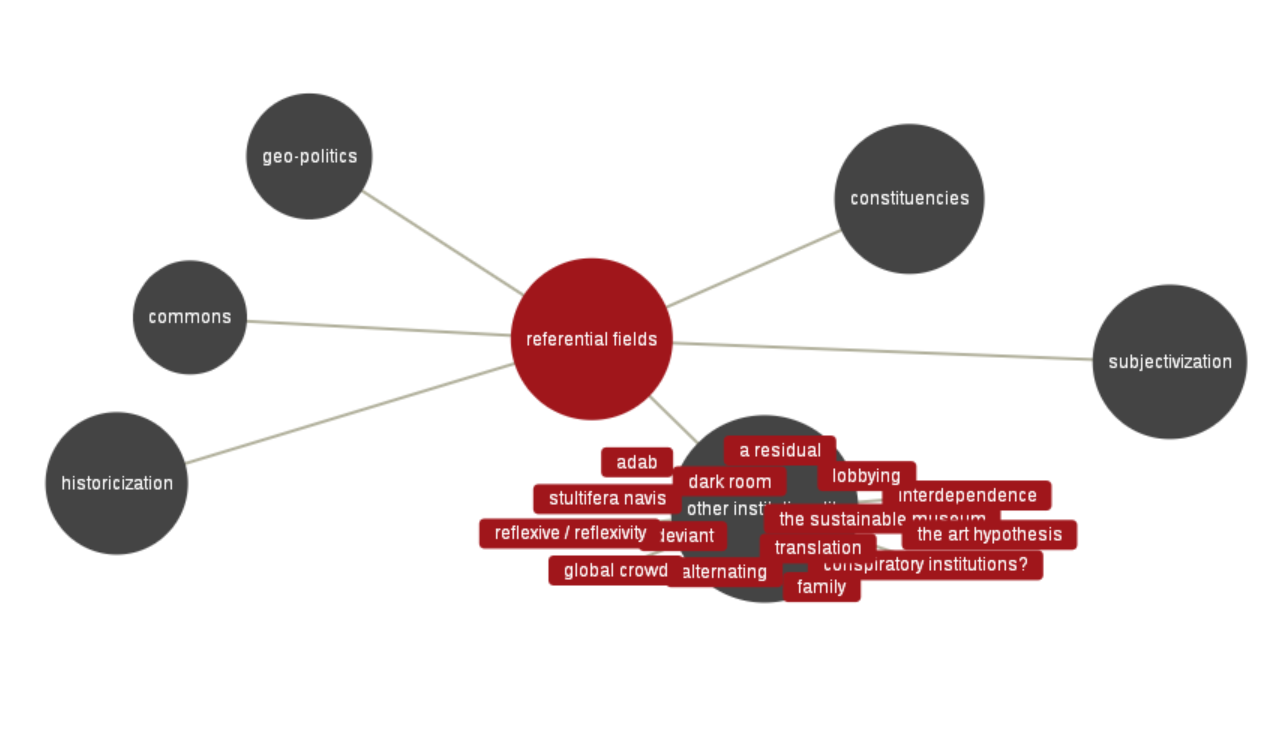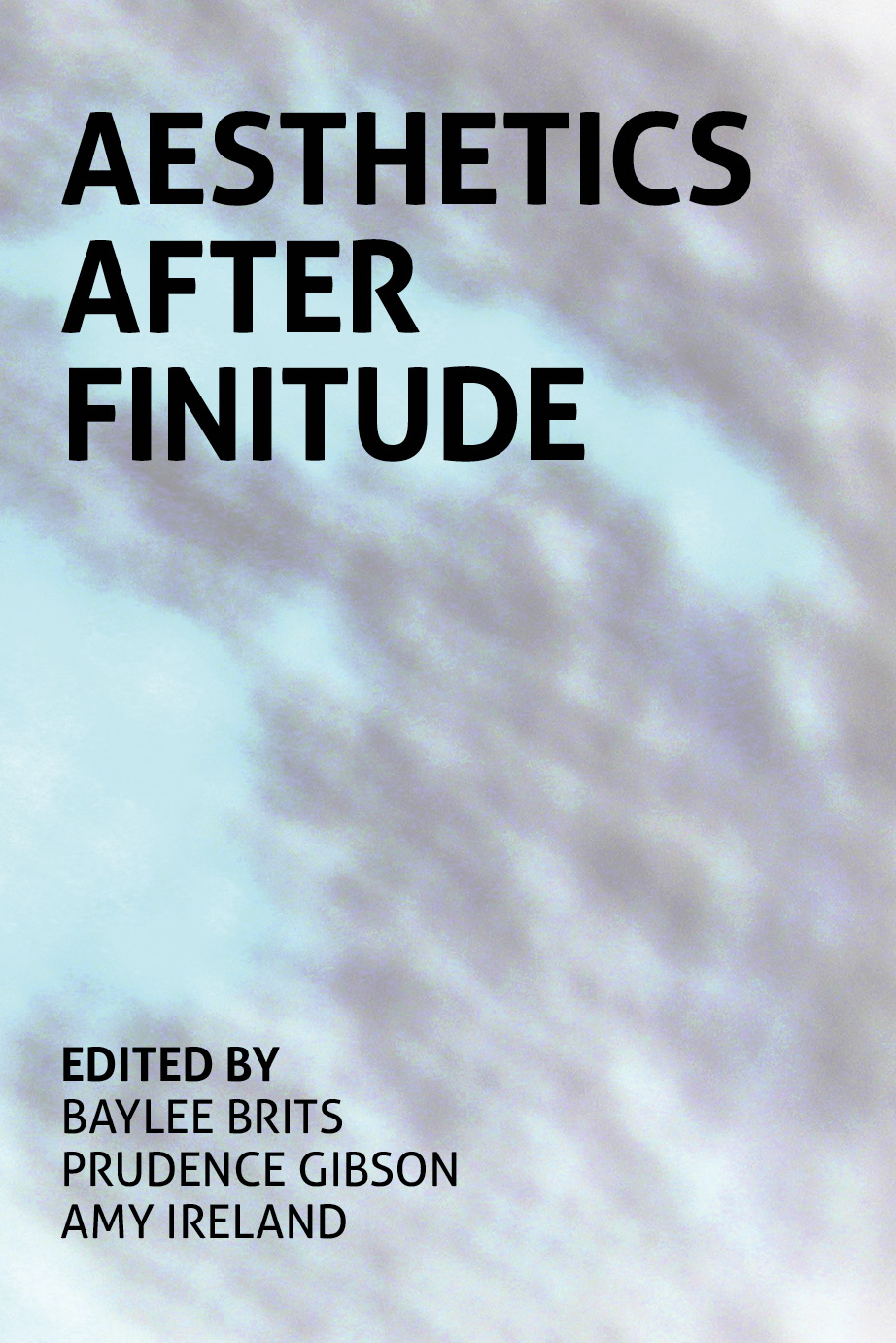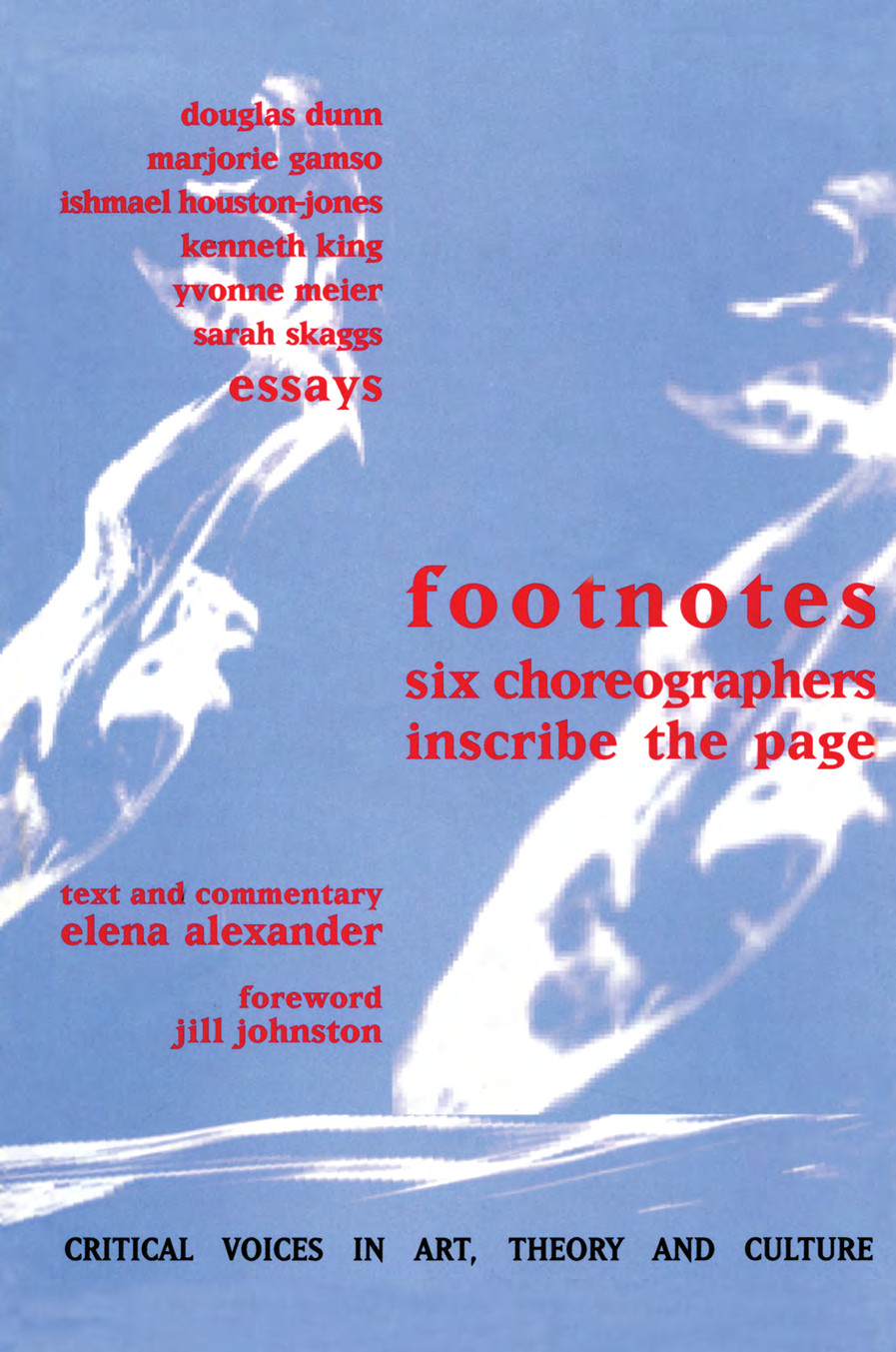Glossary of Common Knowledge (2017)
Filed under book | Tags: · art theory, commons, contemporary art, geopolitics, glossary, history, politics, subjectivation, subjectivity, theory

The Glossary of Common Knowledge is a research project by MG+MSUM, Ljubljana, in the frame of L’Internationale, aiming to negotiate various positions, contexts and local narratives about contemporary art. The glossary entries were produced through six seminars (2014-17), each focusing on one selected referential field: historicization, subjectivization, geo-politics, other institutionality, and commons. The resulting website now functions as an open platform accepting new contributions.
Fields and terms:
Historicization: archive, constellation, emancipation, temporally embodied sound, estrangement, heterochronia, humanism, intuition, pathological fracture, phantom (pain), reconstruction, self-historicization, temporalities, tendencies in art, the contemporary.
Subjectivization: creleasure, dancing as insurrectional practice, decolonize, evidence, fragility, interest, kapwa, loser, over-identification, radical imagination, self-determination, self-representation, on subjectivization, the subject, travesti, unrest.
Geo-politics: agitational visual language, alignment, catastrophe, eurasia, event, global resistance, institutional geopolitical strategies, migrancy, non-aligned movement, pandemic, postsocialism, south, tudigong, god of the land, white space.
Constituencies: agency, autonomy, biotope, bureaucratisation, collaboration / co-labour, construction, the continuity-form and counter-continuity, de-professionalization, intervenor, labour, ñande / ore, the eternal network / la fête permanente, the rest is missing.
Commons: to baffle, basic income, the brotherhood & unity highway, constituent power of the common, corrected slogan, data asymmetry , friendship, heterotopian homonymy, institution, noosphere, palimpsest, rog, self-management, solidarity, theft.
Other institutionality: a residual, adab, alternating, conspiratory institutions?, dark room, deviant, family, global crowd, interdependence, lobbying, reflexive / reflexivity, stultifera navis, the sustainable museum, the art hypothesis, translation.
Curated by Zdenka Badovinac, Bojana Piškur and Jesús Carrillo (MNCARS) in collaboration with L’Internationale, et al
Publisher MG+MSUM, Ljubljana, 2017
HTML (on the website of MG+MSUM)
HTML (on the website of L’Internationale, added on 2020-4-12)
Seminar recordings structured by terms discussed
Baylee Brits, Prudence Gibson, Amy Ireland (eds.): Aesthetics After Finitude (2016)
Filed under book | Tags: · aesthetics, anthropocene, fiction, human, immanence, noise, philosophy, sound, subject, theory

“Traditionally aesthetics has been associated with phenomenal experience, human apprehension and an appreciation of beauty—the domains in which human cognition is rendered finite. What is an aesthetics that might occur ‘after finitude’?”
Contributions by Marc Couroux, Prudence Gibson, Thomas Sutherland, Lendl Barcelos, Douglas Kahn, Adam Hulbert, Baylee Brits, Stephen Muecke, Laura Lotti, Christian R. Gelder, Simon O’Sullivan, Tessa Laird, Chris Shambaugh (and Maudlin Cortex), Chaim Horowitz, and Amy Ireland.
Afterword by Justin Clemens
Publisher re.press, Melbourne, Dec 2016
Anamnesis series
Creative Commons BY-NC-ND License 2.5
ISBN 9780980819793, 0980819792
241 pages
Conference (2015)
Publisher
WorldCat
Footnotes: Six Choreographers Inscribe the Page (1998)
Filed under book | Tags: · choreography, dance

“This collection of essays aims to present a translation from the medium of chroeography to written text. They investigate the possibilities of the written language as invention, and use text as a means to illustrate specific tenets or describe choreographic projects.”
Essays by Douglas Dunn, Marjorie Gamso, Ishmael Houston-Jones, Kenneth King, Yvonne Meier, and Sarah Skaggs.
Text and commentary by Elena Alexander
Foreword by Jill Johnston
Publisher G+B Arts International, Amsterdam, 1998
Critical Voices in Art, Theory and Culture series
ISBN 9057010429, 9789057010422
xiii+169 pages

